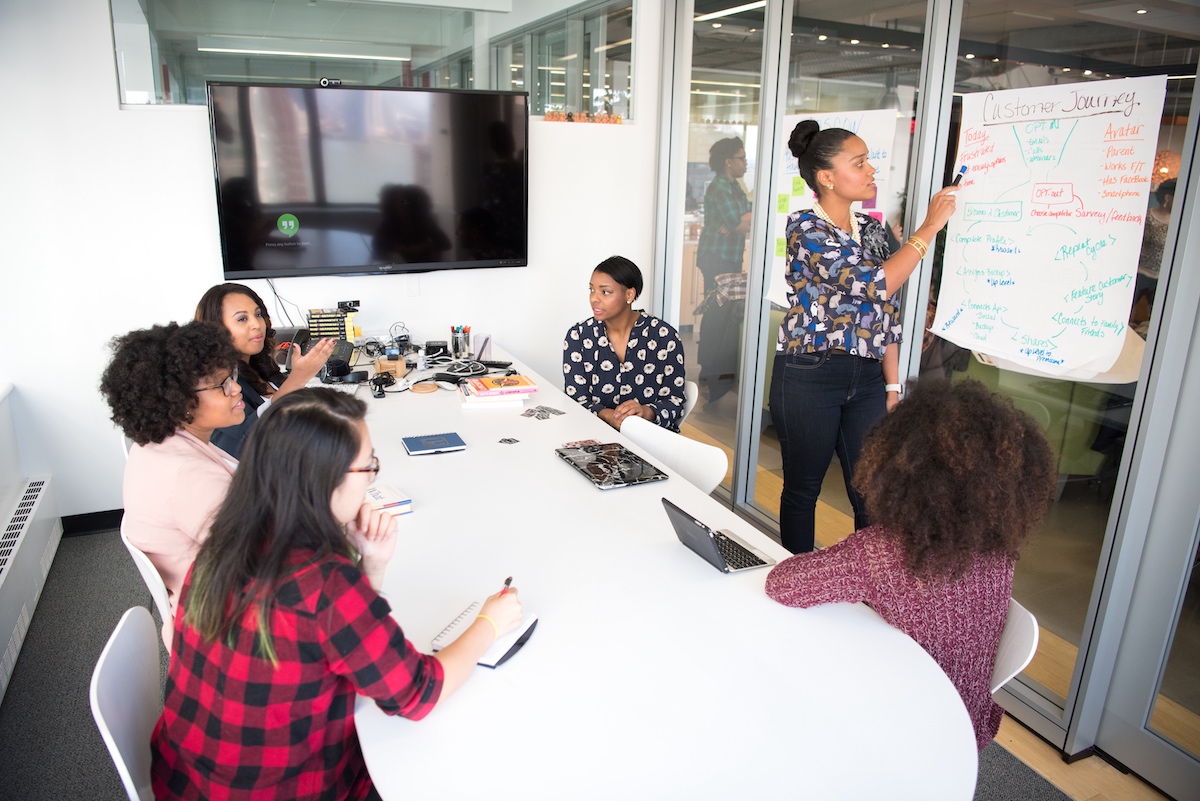Let’s start with the definition of inclusion: Inclusion is the practice or policy of including people who might otherwise be excluded or marginalized.
So, where do we go from there?
It actually starts with YOU as an individual. Consider this: We typically hire people who are mirror images of ourselves, i.e., people we can easily get along with, look a certain way, or may even have the same interests. When we constantly make this judgement or favor a person or without consideration of others in a way that may seems unfair, it is actually a form of unconscious bias.
Don’t worry — you are not alone. Generally, we don’t recognize that we are being (unconsciously) biased until someone points the finger directly at us.
A hiring manager’s goal is to create a great pool of candidates that are talented and bring skills to the job. Expanding our reach to create that pool requires us to look beyond our inner circles and inner selves. We need to widen our narrow periphery to include the talent who are often overlooked for hire due to our unconscious biases.
Yes, it does take effort. But aren’t you looking for talent? You could be missing out on legitimate candidates that could bring the knowledge, skills, abilities AND the diversity that you need in your workplace to achieve your business goals. I would call that a worthwhile effort!
Inclusivity does not end with diversity in your recruitments. Inclusion is giving individuals, teams and communities equity, despite whatever biases we may harbor. Also, genuinely connecting with employees by actively listening, empathizing, especially with those who differ from ourselves, is a start.
Here are nine more steps toward inclusivity:
- Create a mission of inclusivity in your workplace.
- Actively recruit in spaces that include groups who are typically marginalized.
- When possible, create a diverse hiring panel to reduce bias.
- Join social groups that are diverse.
- Provide staff with diversity and inclusion training.
- Create listening sessions, followed by a commitment to action.
- Purposely invite diverse individuals to meetings, boardrooms, focus groups, etc. that will value their skills, abilities, voice, and contribution. Invite staff to rotate to lead a meeting or presentation.
- Create a mentoring and internship programs.
- Be vulnerable to your staff with your inclusivity purpose, and goals. You may not have, nor are you expected to have all of the answers.







